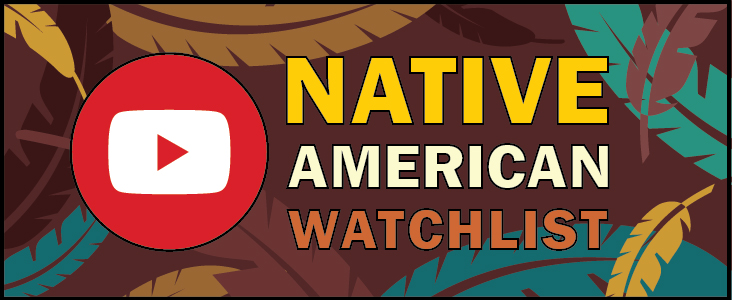Culture
Watchlist: ‘Freeing the Klamath River’

By Kamiah Koch
Social media/digital journalist
It seems that all eyes were on the Klamath River last week when the largest dam removal project in United States history was finally complete at the end of August.
A video shared by The Seattle Times, published in March, displayed the emotions of the Yurok people as they shared the traumatic history of four dams on their ancestral homelands and the plans they have for restoration of the Klamath River.
“Fish came from the ocean and they brought with them these marine-derived nutrients and all the great things that the ocean provides to the land,” Yurok Tribe Fisheries Director Barry McCovey said. “And that was abruptly ended 100 years ago.”
A saying often heard with the Klamath River is that the installment of the Iron Gate Dam cut the river in half.
“They pretty much extinguished the spring run in the Klamath, the one that everyone was dependent on the most,” Karuk Tribe Elder and ceremonial leader Leaf Hillman said.
For Natural Resources Policy Advocate Craig Tucker, the dams really aren’t worth keeping anymore. Tucker calls the dams “vestiges of Manifest Destiny,” and conquering the wilderness in a romanticized fashion.
To Tucker, the dams cause more harms than there are benefits.
In 2001, there was an epic drought and farmers in northern California were forced to shut off their water to protect the fish. Tucker explains this upset a lot of the non-Native farming communities. In 2002, when water was limited again, the farmers received water against the warning of downriver Tribes.
This is known as the 2002 fish kill.
“I knew in my heart that the temperatures were going to be high and with extremely low flows that were going to have a fish kill,” Former Yurok Tribe Chair Susan Masten said tearfully. “It was very horrific because there were thousands of fish that were coming down river.”
Video footage shows the bodies of thousands of adult Chinook salmon floating lifelessly along the river.
In the wake of the loss of fish, Masten and others took 500 pounds of dead salmon to the Department of Interior and laid them out on the steps of their building to draw attention to what occurs with flawed water policies.
This loss sparked the 20-year campaign to remove the dams from the Klamath River and restore the river’s natural flow.
But the work doesn’t end there. McCovey, the Yurok Fisheries Director, explains that parts of the 400 miles of new uninterrupted river flow will need to be reshaped to reintroduce complexity for salmon and other marine species to spawn.
“The Yurok Tribal Constitution dictates that we restore and protect the waters and the lands within our ancestral territories,” McCovey said. “This is a piece of a larger puzzle where we’re trying to restore as much riverine habitat as we can.”
If you wish to watch more, you can find the entire video at https://www.youtube.com/watch?v=12RDkzRMMm8&t=2s.
